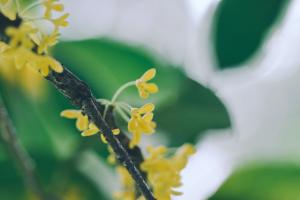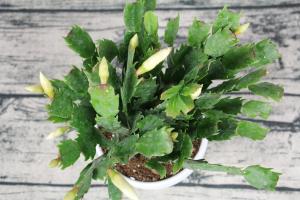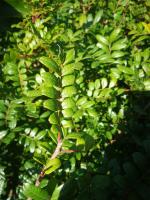Introduction
Jade plant, also known as Crassula ovata, is a succulent plant species that is famous for its thick, fleshy leaves that resemble the shape of jade coins. Jade plants are native to South Africa and Mozambique, and they are widely cultivated as ornamental plants around the world due to their unique appearance and low maintenance.
Description
Jade plants can grow up to 6 feet tall, although they are usually smaller in indoor settings. They have thick stems that are usually brown or gray and fleshy, elliptical-shaped leaves that can be up to 2 inches in length. The leaves are a deep, vivid green color with a glossy finish and grow in pairs opposite to each other on the stem. Jade plants also produce small, star-shaped flowers that are usually white or pink in color.
Care and Maintenance
Jade plants are relatively easy to care for and require minimal attention. They prefer bright, indirect sunlight and well-draining soil that is allowed to dry out between watering. Overwatering can cause root rot and kill the plant, so it's essential to be careful not to overwater. Jade plants can also be propagated easily by stem or leaf cuttings, making them an excellent choice for beginner gardeners.
Symbolism and Significance
Jade plants are often associated with luck and prosperity in traditional Chinese culture. It is believed that the round, coin-shaped leaves of the jade plant attract wealth and good fortune to the household where it is grown. For this reason, jade plants are often given as gifts during Chinese New Year or other significant occasions as a symbol of good luck.
Conclusion
In summary, the jade plant is an easy-to-care-for succulent that is widely cultivated for its unique appearance and low maintenance. With proper care, a jade plant can grow into an impressive houseplant that adds a touch of greenery to any living space. Whether you believe in its symbolic significance or simply appreciate its aesthetic value, the jade plant is an excellent addition to any indoor garden.

 how many times do yo...
how many times do yo... how many planted tre...
how many planted tre... how many pine trees ...
how many pine trees ... how many pecan trees...
how many pecan trees... how many plants comp...
how many plants comp... how many plants can ...
how many plants can ... how many plants and ...
how many plants and ... how many pepper plan...
how many pepper plan...





























